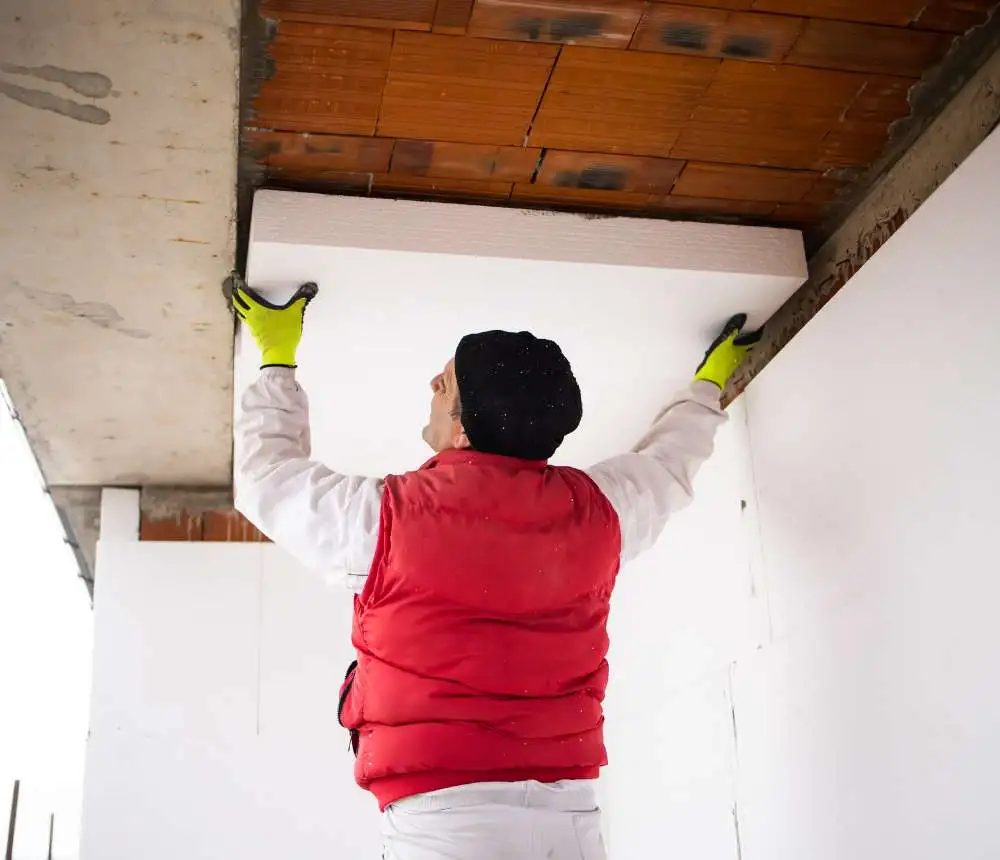Are you tired of skyrocketing energy bills and chilly drafts in your home? If so, it might be time to consider external wall insulation. Not only does it enhance comfort, but it also makes your property more energy efficient. The best part is you may not have to bear the cost alone. Various government grants for insulation are available across the UK. The main aim of the insulation grant is to help homeowners to improve their dwelling without costing a fortune.
From reducing carbon footprints to boosting property values, external wall insulation is a win-win solution. But navigating through the options can feel daunting. Don’t worry; this guide will walk you through everything you need to know about accessing funding for your home insulation project, making that cosy dream a reality!
Why External Wall Insulation is Important?
External wall insulation plays an important role in improving energy efficiency of your property. By applying an insulation layer to your external walls, you reduce heat loss during the colder months and keep your home cooler in the summer. This leads to lower energy bills. Additionally, it helps improve indoor air quality by minimising drafts and dampness. A well-insulated home is less likely to develop mould or condensation issues, promoting a healthier living environment for you and your family.
The aesthetic benefits are also significant. External wall insulation can transform the appearance of your property, giving it a fresh and modern look. It also helps to protect your walls from damage caused by harsh weather conditions such as moisture, rain and wind. Overall external wall insulation is an essential aspect of building construction and renovation. It not only improves the energy efficiency and indoor comfort, but also adds value to your property.
Furthermore, with climate change becoming more pressing, investing in insulation aligns with eco-friendly practices. It contributes to reducing carbon emissions and supports sustainability efforts within communities across the UK.
Government Grants Available for Insulation
-
ECO Scheme
The UK government offers several types of home insulation grants specifically aimed at improving energy efficiency through insulation. One prominent option is the Energy Company Obligation (ECO) scheme, designed to assist low-income households in upgrading their home insulation including loft and cavity wall insulation.
-
GBIS
Another Government initiative is the Great British Insulation Scheme (GBIS). The aim of this government initiative is to offer grants to least energy efficient homes with low-income levels in the UK to tackle fuel poverty and reduce their energy costs. Services under this programme consist of loft insulation grant, cavity wall insulation grant and external wall insulation grants.
-
Local Authorities
Local authorities also offer funding for external wall insulation. These local grants vary by region and often focus on older properties needing urgent heating upgrades.
-
Green Homes Grant
Another notable initiative is the Green Homes Grant, which allows homeowners to apply for vouchers towards energy-saving improvements. This includes external wall insulation, cavity wall insulation, loft insulation and some other measures.
For those looking into community-based solutions, some councils offer collective schemes that pool resources from multiple homes. Such initiatives can lead to significant savings per household while improving overall neighbourhood aesthetics and sustainability. It is advised to keep an eye out for these diverse opportunities as they can significantly reduce your financial burden when improving your home’s insulation.
Eligibility Requirements for Government Grants For Insulation
Eligibility for loft insulation grants varies, but certain criteria are common across many programmes. Typically, homeowners must reside in properties that would benefit from an insulation grant. Age of the property can also play a significant role. Many grants target older homes built before specific dates, as these often lack modern energy efficiency features. Your property must have an EPC rating of D to G. If your property is in England, it must have a Council Tax Band A-D. For properties in Wales, A-E Council Tax Band is required.
Income levels may impact eligibility too. Some schemes prioritise low-income households to ensure vulnerable families receive assistance first. Additionally, it’s essential to be aware of any local council requirements or regional variations in grant availability. Each area might have unique stipulations based on its own energy efficiency goals and funding allocations.
Proof of ownership is usually necessary; tenants may need landlord approval or separate agreements with property owners for installation work. Always check specific application guidelines carefully before proceeding.
How to Apply for Government Home Insulation Grant
STEP: #1
Applying for government grants for insulation can seem daunting, but it doesn’t have to be. Start by researching the specific grants available in your area. Websites like Eco Energy Services offer valuable information.
STEP: #2
Next, gather all necessary documents. This may include proof of income, property details, and energy efficiency assessments. Having everything organised will make the process smoother.
STEP: #3
Once you have done your homework, fill out the application forms carefully. Each grant might require different information, so customise your approach accordingly.
STEP: #4
Submit your application within any deadlines specified. Keep copies of everything for future reference as well; it could save time later on if additional documentation is requested.
Tips for a Successful Grant Application
When applying for a cavity wall insulation grant, clarity is the key component. Clearly outline your project’s goals and how it meets the criteria of a free insulation scheme.
- Documentation matters: Ensure you provide all necessary documents like proof of income and property ownership to support your application.
- Timeliness can’t be overlooked: Submit your application as early as possible since funding may be limited or competitive.
- Customise your approach: Research specific grant programmes thoroughly, aligning your proposal with their objectives and requirements.
- Seek assistance if needed: Consider reaching out to local councils or charities that specialise in helping residents access free insulation schemes; they can offer valuable guidance during the process.
Conclusion
When considering home improvements, external wall insulation is a significant investment that can yield substantial benefits. Not only does it increase energy efficiency and reduce heating costs, but it also contributes to a more comfortable living environment. Insulation grant make this upgrade accessible for many homeowners who might otherwise struggle with the financial burden of such projects.
With various options available, including specific grant schemes and eligibility criteria designed to support those in need, accessing these resources has never been easier. By investing in external wall insulation today, you’re contributing to a sustainable future while enjoying immediate advantages within your home. If you’re considering taking advantage of government grants for insulation, now is an excellent time to start exploring your options and making those much-needed improvements to your property.





